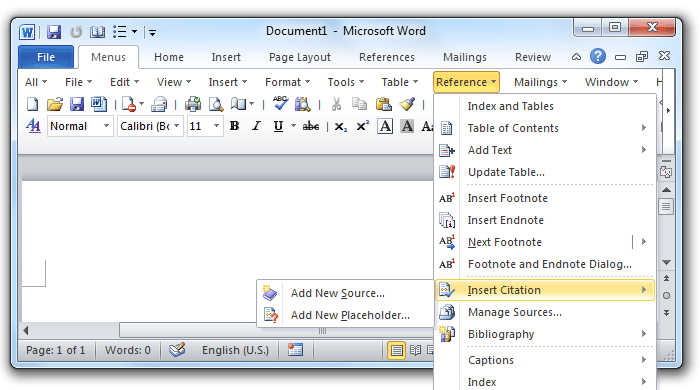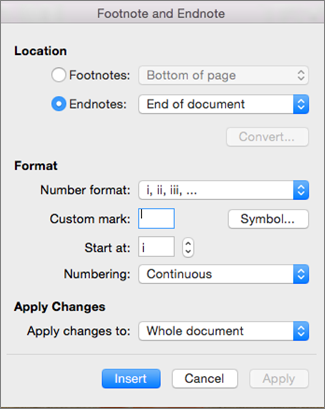
Word inserts a reference mark in the text and adds the endnote mark at the end of the document. This does NOT change how Word auto numbers footnotes. Word inserts a reference mark in the text and adds the footnote mark at the bottom of the page.
How to add footnotes in word for workcited how to#
They will automatically format both in-text citations and works-cited lists. For detailed steps on how to add footnotes in Word, follow the instructions below. These citation management applications allow you to store your citations and insert them into Word. You can use the method below, or you may want to explore the use of EndNote, Zotero, or Mendeley. The replace adds an opening and closing parenthesis either side of the found number (that’s the \1 bit). You can insert footnotes or endnotes as needed into your dissertation. What this does is find a footnote number (the ^2 bit), but so that I could reference that in the replace, I surrounded it in parentheses, thus (^2). Wildcards must be on and you must have the cursor in the main body of the document, NOT the footnotes area, then: Then I did a find and replace using wildcards and was able to automatically insert parentheses around all the superscripted footnotes, both in the body of the document and in the footnote area.

Armed with that information, I opened a new Word document, added some text and inserted some footnotes into it. The Quora post alerted me to something I wasn’t aware of-there’s a special wildcard symbol for footnotes: ^2. Doing it manually in the body of the document and in the footnote area wasn’t going to work as there were hundreds of them. He’d done some testing and had found a Quora post ( ) that detailed how to get rid of them, but couldn’t figure out how to add them automatically. This has become anyone's right hand when writing a document on the computer. M contacted me and asked how he could change the footnote numbers in his dissertation from unadorned superscripted numbers to those same numbers but with parentheses around them. 1 Word is one of the most useful programs that Office has within itself.

In the footnote/endnote view, click Format Footnotes or Format Endnotes to display the Format Options dialog, where you can change the size, font, and indentation of one or all of your footnotes or endnotes.Warning: I don’t use footnotes, and my authors rarely use them so footnotes and endnotes are not something I’m familiar with in Word. This will automatically add a superscript number at the end of your sentence, and it will also create a place at the bottom of the page for you to type the footnote. Then, click the References tab on the Word toolbar. To customize a footnote or endnote: Click the reference number or mark in.

Word inserts a reference mark in the text and adds the endnote mark at the end of the document.Ĭlick the reference number or mark in the body of the text or click Insert > Show Footnotes (for endnotes, click Insert > Show Endnotes ). When you are ready to cite your first source in your paper, end your sentence and punctuation. Word inserts a reference mark in the text and adds the endnote mark at the end of the document. Word inserts a reference mark in the text and adds the footnote mark at the bottom of the page. They make it easy to separate additional notes from the body of the text. If you’re in Reading View, switch to Editing View by clicking Edit Document > Edit in Word for the web.Ĭlick where you want to add the footnote. Footnotes and endnotes can be very useful if you want to add comments, explanations, and references to a document. Usually, footnotes appear at the bottom of the page, while endnotes come at the end of the document or section. Academic and non-fiction writers use footnotes to refer to additional text which doesn't fit into the flow of your paragraph but does need to be included. Use footnotes and endnotes to explain, comment on, or provide references to something in a document.


 0 kommentar(er)
0 kommentar(er)
